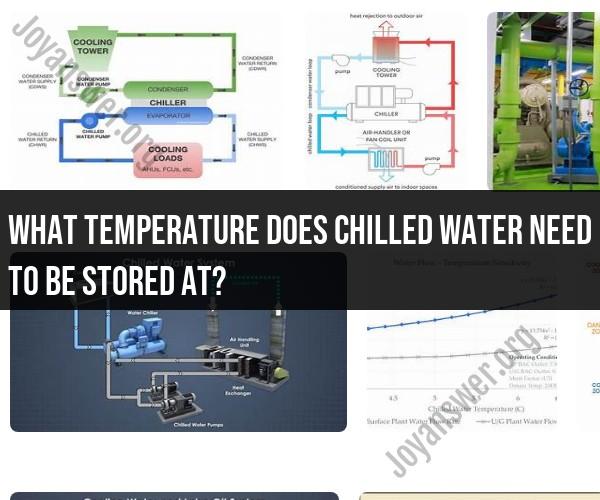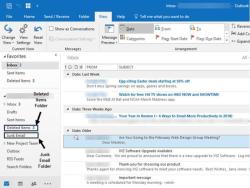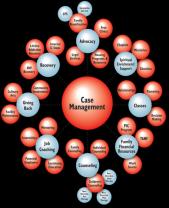What temperature does chilled water need to be stored at?
The temperature at which chilled water needs to be stored depends on the specific application and how the chilled water will be used. Chilled water is typically used for cooling purposes in various industrial, commercial, and residential settings. The ideal storage temperature can vary, but it is typically within the range of 40 to 45 degrees Fahrenheit (4 to 7 degrees Celsius). Here are some factors to consider:
Process Requirements: The required chilled water storage temperature will primarily depend on the specific processes or equipment that will use the chilled water. Many industrial and manufacturing processes have precise temperature requirements. Therefore, it's crucial to store the water at a temperature that aligns with those requirements.
Energy Efficiency: Storing chilled water at a lower temperature than necessary can consume more energy for cooling and maintenance. To optimize energy efficiency, it's advisable to store chilled water at the minimum temperature required for the intended application.
Comfort Cooling: In commercial and residential HVAC (Heating, Ventilation, and Air Conditioning) systems, chilled water is often used for comfort cooling. The typical chilled water temperature for this purpose falls within the range mentioned earlier, around 40 to 45 degrees Fahrenheit.
Temperature Stability: Chilled water storage tanks or systems are designed to maintain a stable and consistent temperature to ensure that the water is readily available for cooling when needed. Fluctuations in temperature can impact the performance of cooling systems.
Equipment Compatibility: The temperature at which chilled water is stored must be compatible with the equipment it will be used with, such as chillers, coils, and heat exchangers. Ensure that the stored water's temperature aligns with the equipment's specifications.
Climate and Seasonal Variations: The temperature of the stored chilled water may need to be adjusted based on seasonal variations and climate conditions. For example, the required temperature might be lower during hot summer months and slightly higher during the winter.
Maintenance: Chilled water storage tanks and systems require regular maintenance to ensure they continue to function efficiently. Part of this maintenance may involve monitoring and adjusting the water temperature as needed.
It's essential to consult with engineers, HVAC professionals, or process experts to determine the precise chilled water storage temperature for your specific application. Additionally, following local building codes and industry standards is essential to ensure safety and compliance.
The storage temperature of chilled water is a critical consideration to maintain energy efficiency, equipment performance, and the quality of cooling in various applications.
Chilled Water Storage Temperature: Maintaining Optimal Conditions
Chilled water storage is a method of storing water at a cold temperature so that it can be used to cool buildings or other applications. Chilled water is typically stored in a tank or reservoir, and the temperature of the water is maintained using a chiller.
The optimal temperature for chilled water storage is between 39°F and 42°F (4.4°C and 5.6°C). This temperature range is low enough to prevent the growth of bacteria and other microorganisms, but it is not so low that the water will freeze.
There are a number of factors that can affect the temperature of chilled water, including the ambient temperature, the size of the storage tank, and the type of chiller being used. It is important to monitor the temperature of the chilled water regularly and to adjust the chiller settings as needed to maintain the desired temperature.
Temperature Matters: Storing Chilled Water Correctly
Storing chilled water at the correct temperature is important for a number of reasons. First, it helps to prevent the growth of bacteria and other microorganisms. Second, it helps to maintain the efficiency of the chiller. And third, it helps to ensure that the chilled water is at the correct temperature when it is needed.
There are a number of things that can be done to help maintain the correct temperature of chilled water, including:
- Insulate the storage tank to prevent heat transfer from the ambient environment.
- Use a chiller with a temperature controller to maintain the desired temperature.
- Monitor the temperature of the chilled water regularly and adjust the chiller settings as needed.
The Right Temperature for Chilled Water Storage
The right temperature for chilled water storage depends on the specific application. For example, chilled water used to cool buildings may be stored at a slightly higher temperature than chilled water used to cool food and beverages.
However, in general, the optimal temperature for chilled water storage is between 39°F and 42°F (4.4°C and 5.6°C). This temperature range is low enough to prevent the growth of bacteria and other microorganisms, but it is not so low that the water will freeze.
If you are unsure of the correct temperature for your specific application, it is best to consult with a qualified professional.













